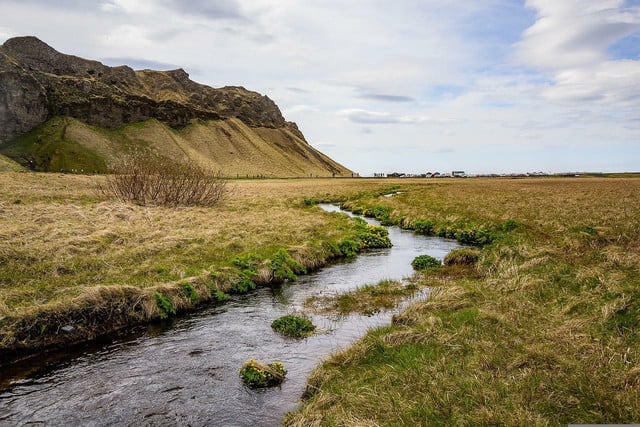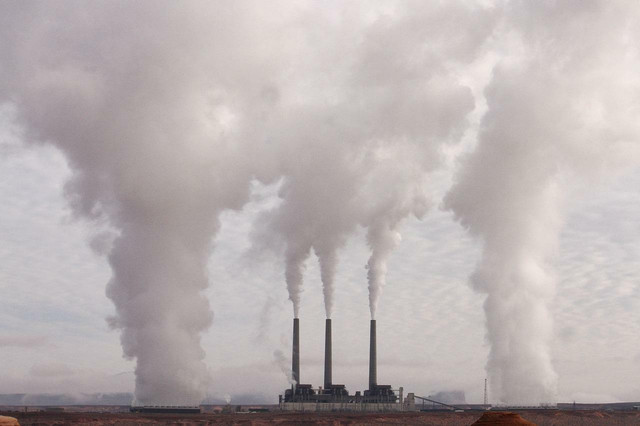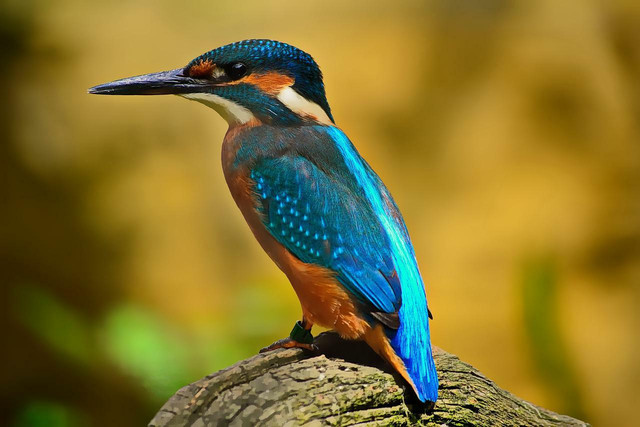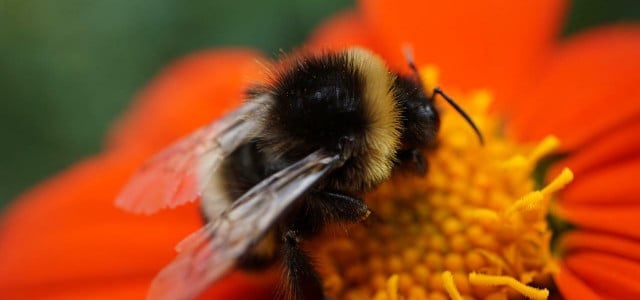Ecosystem diversity refers to both living and non-living features of our environment. Today, we'll examine why maintaining diversity is crucial for protecting our planet.
The term ecosystem describes the complex relationship between biological organisms and their environment within a geographical area. Since the Earth has so many communities and environments, scientists use ecosystems as a classification or unit for each unique place. For instance, rainforests, mangroves and deserts are all examples of ecosystems.
Simply put, ecosystem diversity refers to the distinct characteristics between ecosystems. It is sometimes referred to as gamma diversity, a scientific term coined by R.H. Whittaker in the 1960s. Wittaker wanted a way to evaluate differences in diversity at different scales. He introduced gamma diversity to encompass total diversity or differences between ecosystems within the same region.
As such, ecosystem diversity is one of several types of biodiversity. Gamma diversity, strictly speaking, encompasses the richness, number and composition of species as they vary between ecosystems. This makes it one of the most significant measures of diversity.
Where other aspects of diversity focus on specific environmental variables like species diversity and habitat diversity, ecosystem diversity can cover the sum of a geographic area and its different ecosystems. In other words, it studies macro differences between multiple ecosystems in a specific location. It is always comparative and doesn’t focus on the diversity of just a single ecosystem.
Scientists use ecosystem diversity to compare how ecosystems are similar or different. Let’s look at two distinct ecosystems — a forest and grassland, for example. We may find similar living things like trees, birds and grass, and non-living elements like water, minerals and soil. However, by looking at how the two ecosystems differ, we learn more about what makes each ecosystem unique.
What Are the Main Types of Ecosystem Diversity?

(Foto: CC0 / Pixabay / hunt-er)
There are many types of ecosystems, such as:
- Forests
- Deserts
- Oceans
- Grasslands
- Tundras
- Artificial and cultivated
To understand the difference between these ecosystems, we first need to know what makes up each arrangement. In simple terms, an ecosystem is made up of abiotic and biotic components.
Abiotic (non-living) features
In a given place, each area has a unique physical environment affected by weather conditions, soil, water and air composition. Abiotic components include characteristics like:
- Rocks and minerals
- Temperature and wind
- Light and radiation
- Humidity and salinity
Biotic (living) features
The other side describes the biotic components or the living components of an ecosystem. These features are usually divided between the different roles species play and how they relate to each other. For example, where species are on the food chain, whether they produce nutrition and energy for other life forms, or whether they are predators. These hierarchical levels are referred to as trophic levels. Biotic features can include:
- Animals
- Insects
- Plants
- Fungus
- Bacteria
- Algae and single-celled organisms
Trophic levels are important because in ecosystems there is rarely a distinct rule depicting how species interact. There are many symbiotic relationships where species and physical elements depend on each other in both directions. However, by studying ecosystem diversity, we can learn how these links differ from one ecosystem to another. For instance, the same species of bird may feed on worms in grassland, but eat fruits and nuts in woodland.
And this is where ecosystem diversity is essential: it is the difference or similarity between one place and another that defines how changes in either affect these systems. A scientist might investigate why the woodland bird acts differently from the grassland bird, and what this can tell us about how species organize themselves in various habitats.
The Role of Ecosystem Diversity in Nature



(Foto: CC0 / Pixabay / Pixource)
Ecosystem diversity is a key measure of how productive or healthy an ecosystem is. A decline in ecosystem diversity can alert scientists to important changes in a given region. Within an ecosystem, every living and non-living thing has a role to play.
Consider trees, for example. They absorb carbon dioxide and release oxygen into the atmosphere. However, for trees to do so, they need insects for pollination and bacteria to enrich their soil. Species are adapted to a specific environment, allowing them to fulfill their roles to the fullest.
To illustrate this point, let’s look at a particularly vulnerable type of ecosystem — heathlands. Heathlands are characterized by small shrubs such as heather, growing primarily on acidic, dry or peaty soil. Scientists have looked at the difference between heathlands and similar ecosystems, such as woodlands, to explain the importance of ecosystem diversity. It is not that heathlands are more valuable than woodlands. Instead, they play a different but equally important role in a given region. They also provide various services to humans. Woodlands are valued for their timber, whereas heathlands have been shown to reduce the risk of flooding by slowing down the water that passes through them.
Without ecosystem diversity, we could lose the resources that sustain our lives and the lives of many other species. And, yet, these ecosystems are continuously put at risk by man-made activities.
In 2019, the UN reported that the rate of species extinction has risen to an unprecedented level. Their report found more than 1 million animal and plant species worldwide are threatened with extinction. The main culprit is the drastic change in land and water use. In other words, these changes are the result of how human society interacts with the earth.
In 1975, the U.S. emitted 4.4 billion tons of CO2; by 2005 this had risen by nearly 2 billion tons. While over the last 10 years, the U.S. and other countries have made great efforts to lower this figure, to some degree the damage has already been done. Since the 1980s, the earth’s temperature has risen by 0.7 degrees celsius. Species that rely on specific ecosystem conditions have come under threat. So, because of the entangled nature of ecosystems, when one species declines, there is a domino-like effect on all areas of the system.
The Relationship between Humans, Non-humans and Climate



(Foto: CC0 / Pixabay / timoschluter)
To explain the effect of climate change on ecosystems, scientists often view ecosystem diversity decline as the deterioration of the distinctions between ecosystems.
Consider woodlands. What is it, exactly, that makes woodland different from grassland or desert? Your first thought might be trees — but trees also rely on soil, bacteria and other living and non-living features to exist. In essence, a woodland is the totality of all these components coming together to create a specific character.
Birds, like trees and other features of an environment, contribute to the uniqueness of ecosystems. As they travel, for example, they carry seeds of different plants. Different bird species also feed on varying organisms in different habitats, playing a distinct function in what makes ecosystems special.
Consequently, the relationship of bird communities to their environments is one aspect of ecosystem diversity in a wider sense. The absence or abundance of birds can mean that the distinction between one ecosystem and another is beginning to collapse.
Researchers have studied numerous ecosystems, of which, cultivated (agrarian) and uncultivated (steppe) grasslands show interesting results. For 30 years, scientists monitored how many birds occupied each region and how long different groups stayed in that area. While both regions were affected by rising temperatures and reduced rain, the diversity of birds in the uncultivated grassland remained relatively the same, even as the number of birds declined. However, in the cultivated area, though there were more birds, the variety of species declined.
What was the difference between these two areas? Why did one become less diverse and the other stayed the same?
Researchers concluded that the negative human impact on the cultivated land was the primary factor in decreasing diversity. Agrarian ecosystems, while man-made, are necessary for growing crops. However, like any other system, they can be irrevocably changed by human influence, such as changes in land management practices, population and agricultural intensity. Chemicals, machinery and resources are used, in turn affecting bird populations.
While such changes may go unnoticed for a while, they have noticeable long-term impacts. As one study demonstrates, the loss of bird populations can reduce pollination, seed dispersal and crop output. Longer term, a decline in bird populations means overall loss of ecosystem diversity. The seeds birds carry never reach their destination. Since these plants contribute to soil fertility, water quality and other intrinsic ecosystem factors, the damage can be irreversible.
Both the polluting effects of human populations and their direct influence on the environment can spell a troubling future for ecosystem diversity. However, all is not lost.
The Future of Ecosystem Diversity



(Foto: CC0 / Pixabay / stevepb)
A lack of ecosystem diversity has consequences for both humans and the environment. The more homogeneous an ecosystem becomes — that is, the less diversity between ecosystems — the more vulnerable the environment becomes. If one ecosystem deteriorates, the special properties and services it provides are lost. This means a loss of resilience against natural disasters and human influence.
Take heathlands, for example. As mentioned above, they can slow down the flow of water. This prevents water from flowing down into agricultural land, reducing flooding and crop damage. Without this unique system, there can be devastating effects on the local population, including food scarcity, waterborne sickness and increased exposure to natural disasters like flooding.
To combat these problems, scientists are looking at ways to restore ecosystem diversity. One solution is the natural capital approach. Natural capital counts different living and non-living elements, their variety and richness. For instance, the number of trees, richness of the soil and quality of the air. Since being adopted by the UN, it has been taken up by governments and corporations worldwide. According to the US Environmental Protection Agency, the natural capital approach is a way of accounting for different elements of the ecosystem so that we can preserve them for future generations.
Biotic and abiotic features are kind of like columns in a balance book. If we know how many of these features are present in an ecosystem, we can compare how they change over time. If we lose diversity in one area, we can balance the books by restoring them to their previous level or higher. By accounting for ecosystems in real-time, we can remediate environmental change before it occurs. It also means we have a tangible way to measure the effects of diversity loss.
With these points in mind, we can reduce our impact on the planet.
Read more:
- Carbon Emissions in the US: What We Have to Change
- Environmental Stewardship: How to Safeguard Earth’s Future
- Clever Ways to Reduce Your Carbon Footprint
Do you like this post?






